
Blog
10 Best Reasons to Choose Plastic To Go Containers for Your Business
In the ever-evolving landscape of the food service industry, the choice of packaging plays a crucial role in business success. With a projected market value of approximately $38 billion by 2025, the demand for convenience-oriented packaging has never been higher. Among the myriad of options available, plastic to go containers stand out as a practical and compelling choice for restaurateurs and food vendors alike.
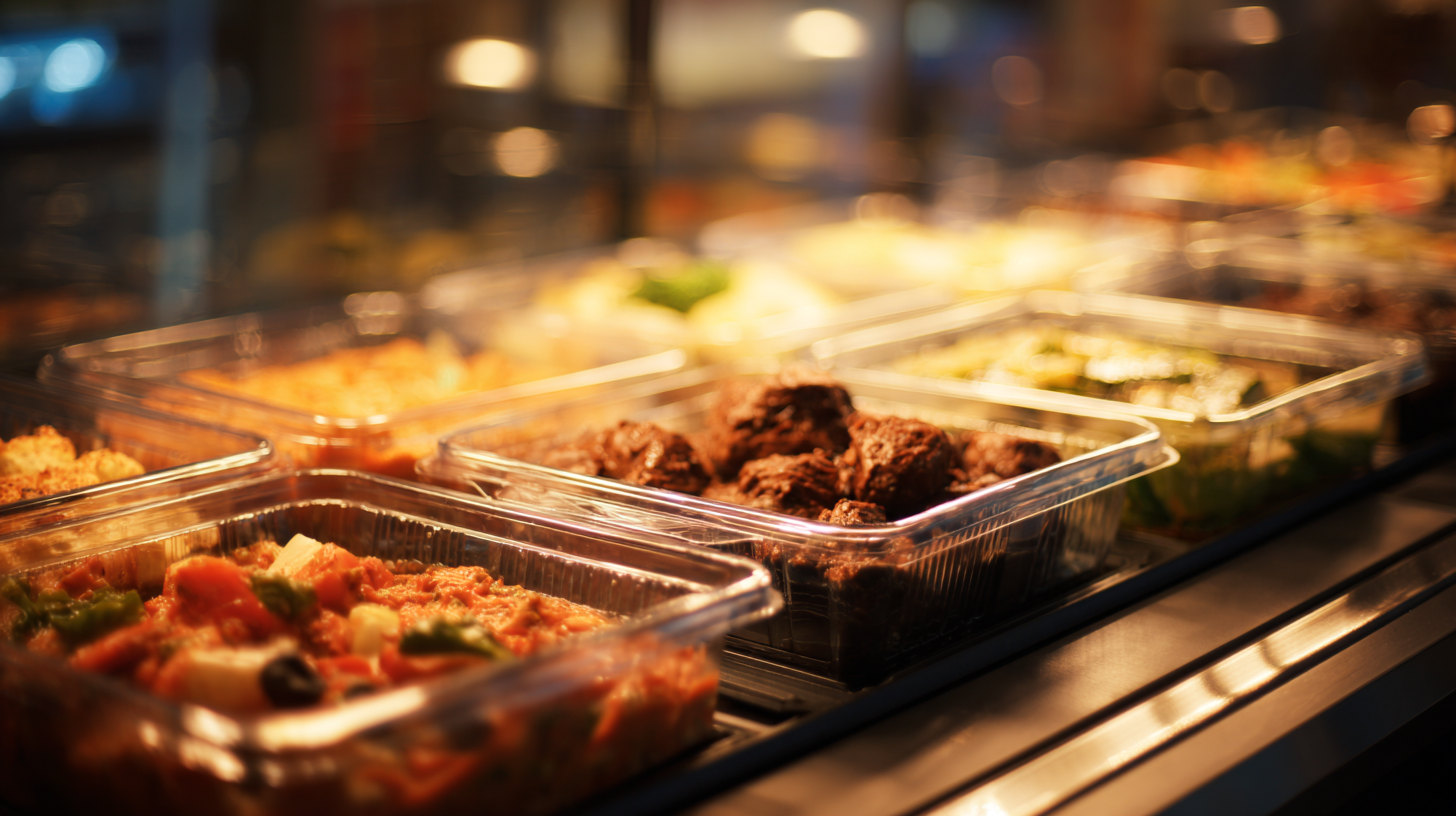
According to a recent report by Smithers Pira, the global demand for plastic food packaging is expected to grow by 3.3% annually, driven by a surge in takeout and delivery services. This trend underscores the necessity for businesses to adapt to consumer preferences, as 60% of consumers prefer takeaway meals in packaging that preserves food quality.
In this blog, we will explore the top ten reasons why incorporating plastic to go containers into your business operations can enhance efficiency, profitability, and customer satisfaction.
Advantages of Lightweight Durability in Plastic To Go Containers
When choosing packaging solutions for your business, plastic to-go containers offer a remarkable blend of lightweight durability that can significantly enhance your operations. One of the standout features of these containers is their ability to withstand various conditions without compromising their structural integrity. Unlike glass or heavier materials, plastic containers are designed to endure the rigors of transportation and everyday use while maintaining an attractive presentation for your products.
The lightweight nature of plastic to-go containers also presents a logistical advantage. Lower shipping weights translate to reduced transportation costs, making it easier for businesses to manage their budgets. This is particularly beneficial for restaurants and food delivery services looking to optimize their operational efficiency. Moreover, these containers are often stackable, allowing for easy storage and organization. Ultimately, the combination of lightweight design and robust durability makes plastic to-go containers an ideal choice for businesses aiming to provide quality service without excessive burden on resources.
10 Best Reasons to Choose Plastic To Go Containers for Your Business - Advantages of Lightweight Durability in Plastic To Go Containers
| Reason | Advantages | Weight (lbs) | Durability Rating (1-5) | Cost Efficiency ($) |
|---|---|---|---|---|
| Lightweight | Easy to carry and transport | 0.05 | 5 | 0.10 |
| Break Resistance | Reduces waste from broken containers | 0.06 | 4 | 0.12 |
| Eco-Friendly Options | Biodegradable and recyclable materials available | 0.07 | 5 | 0.15 |
| Versatility | Suitable for a variety of foods and liquids | 0.08 | 4 | 0.14 |
| Cost-Effective | Lower initial investment compared to glass | 0.05 | 5 | 0.09 |
| Temperature Resistant | Suitable for hot and cold items | 0.06 | 4 | 0.13 |
| Custom Branding | Can be printed with logos or designs | 0.04 | 5 | 0.11 |
| Stackable Design | Saves space in storage and transportation | 0.05 | 4 | 0.10 |
| User Friendly | Easy for customers to use and carry | 0.03 | 5 | 0.08 |
Cost-Effectiveness: How Plastic Containers Save Businesses Money
When it comes to running a successful business, managing costs effectively is crucial.
Plastic to-go containers have emerged as a cost-effective solution for a variety of industries, particularly in the food and beverage sector.
According to a report from the Food Packaging Institute, using plastic containers can reduce packaging costs by up to 30% compared to traditional materials.
This significant savings allows businesses to allocate resources more effectively, whether it’s improving service quality or investing in marketing initiatives.
Moreover, the lightweight nature of plastic containers contributes to lower shipping and handling costs.
The American Institute for Packaging and the Environment states that lighter packaging reduces transportation expenses, which can add up to substantial annual savings for businesses with high-volume shipping.
Besides direct cost savings, opting for plastic containers can also enhance operational efficiency by streamlining packing processes and reducing waste.
This not only contributes to a healthier bottom line but also supports sustainability initiatives, as many plastic containers are now designed to be recyclable or made from recycled materials.
Versatile Design: Catering to Diverse Food Packaging Needs
When considering food packaging options, plastic to-go containers stand out for their versatility. Designed to cater to a variety of food types and serving sizes, these containers can be molded into numerous shapes and sizes, accommodating everything from entrees to desserts. A recent industry report highlights that the global market for plastic food containers is expected to reach approximately USD 48.9 billion by 2027, growing at a CAGR of 5.0% from 2020. This robust growth reflects the increasing demand for convenient and safe food storage solutions.
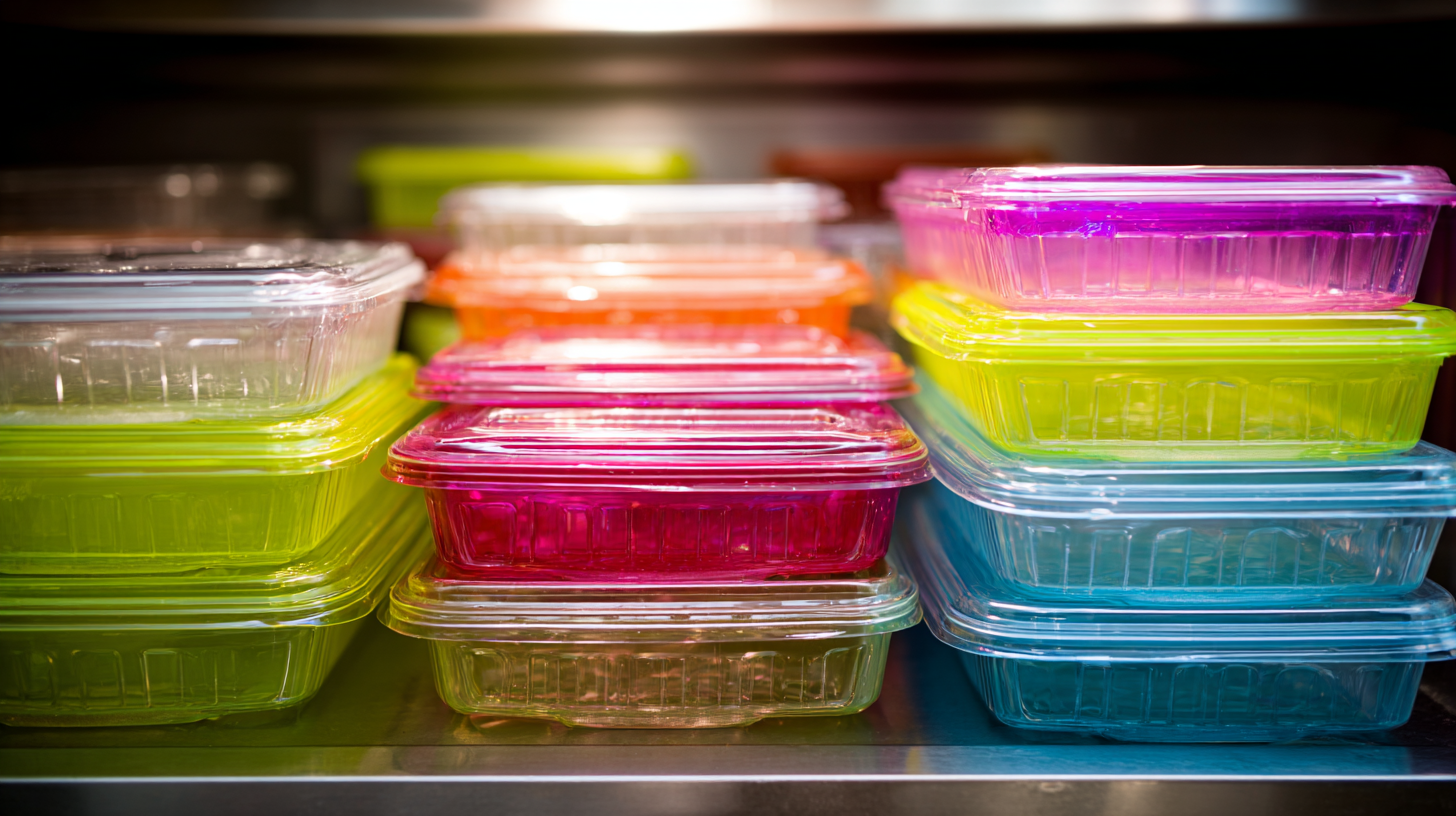
Moreover, plastic containers are not only lightweight and easy to transport, but they also provide effective insulation, keeping food temperatures stable during delivery. The Multiwall Bags Market indicates growth in related sectors, with an expected CAGR of 3.8% over the coming years, showcasing a broader trend of streamlined packaging solutions across the industry. As businesses continuously seek efficient and versatile packaging options, plastic to-go containers prove to be a critical component in fulfilling diverse food packaging needs, enhancing operational efficiency and customer satisfaction.
Eco-Friendly Innovations: Sustainable Options in Plastic Containers
In today's eco-conscious market, the demand for sustainable packaging solutions is at an all-time high, and plastic to-go containers have evolved to meet these demands. Modern innovations in plastic production have led to the development of containers made from recycled materials or bioplastics, which offer environmental benefits without sacrificing functionality. These alternatives reduce the reliance on virgin plastics, thus decreasing the carbon footprint associated with production and disposal.
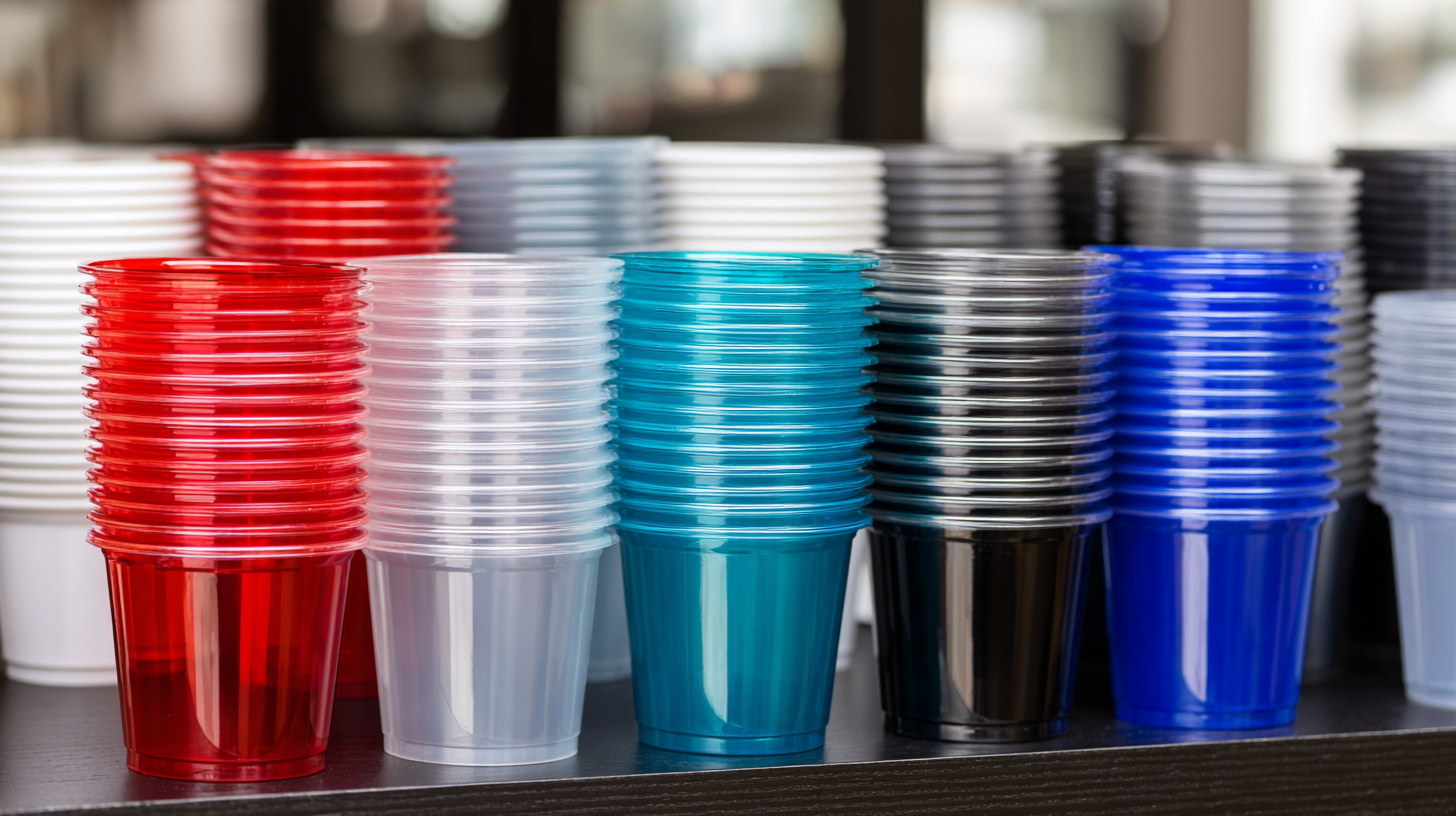
Moreover, companies are harnessing advanced technologies to create plastic containers that are both durable and recyclable. Many of these containers can be repurposed or recycled after use, promoting a circular economy. Businesses that choose eco-friendly plastic options not only contribute to environmental sustainability but also appeal to consumers who prioritize green practices. Adopting these innovations positions businesses as leaders in sustainability, demonstrating a commitment to protecting the planet while still providing practical packaging solutions.
Enhanced Food Safety: Keeping Meals Fresh and Secure with Plastic
When it comes to food safety, plastic to-go containers play a crucial role in maintaining the freshness and security of meals. Not only are they lightweight and durable, but they also provide an airtight seal that helps prevent contamination. Studies indicate that proper food storage is essential in preventing foodborne illnesses, with factors like temperature control and packaging integrity being vital (PDF review on food preservation mechanisms). Choosing high-quality plastic containers ensures that food remains fresh and minimizes the risk of spoilage.
Furthermore, recent evaluations of food storage options have demonstrated that plastic containers offer superior leak-proof and stain-resistant properties. For instance, a comprehensive test involving various materials showed that well-designed plastic containers outperformed glass counterparts in terms of weight and impact resistance. With the challenge of securing food safety amidst increasing population density and economic pressures highlighted in recent discussions about food security, utilizing efficient storage methods like plastic containers is more critical than ever.
By making informed choices about food packaging, businesses not only comply with industry safety standards but also contribute to a broader effort of enhancing food security in today's rapidly changing landscape.
Related Posts
-
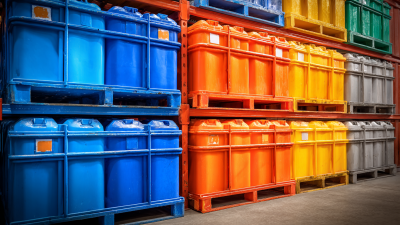
2025 Trends in Plastic Bulk Containers: A Comprehensive Guide to Innovations and Best Practices
-
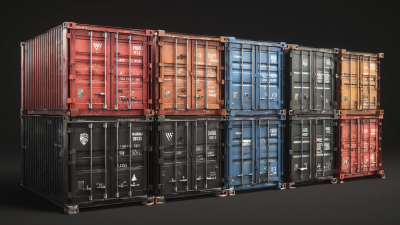
Understanding the Technical Specifications of the Best Plastic Shipping Containers with a Comprehensive Tutorial
-

Navigating Challenges with Plastic Bulk Containers: Common Issues and Solutions for Global Buyers
-

Mastering the Use of Disposable Food Containers for Efficient Meal Prep and Storage
-

The Ultimate Checklist for Choosing the Right Plastic Bottles for Your Business Needs
-

Ultimate Guide to Sourcing Bulk Containers for Your Business Needs
